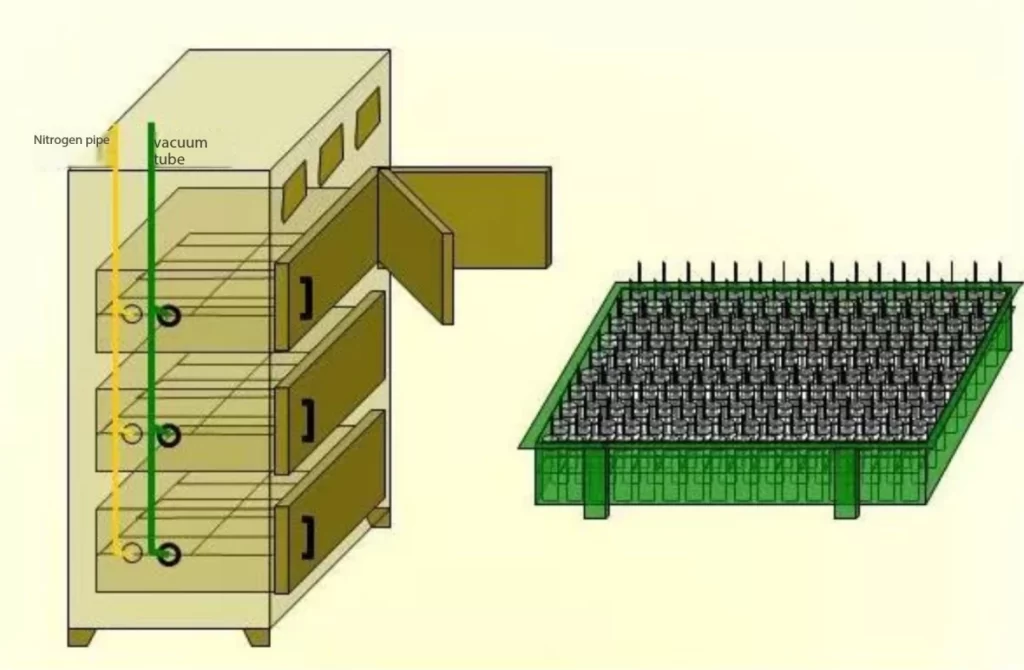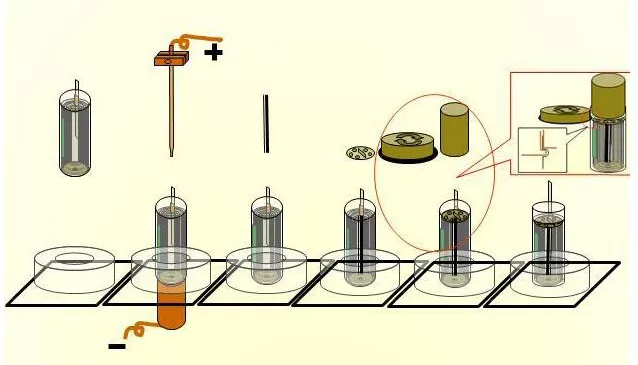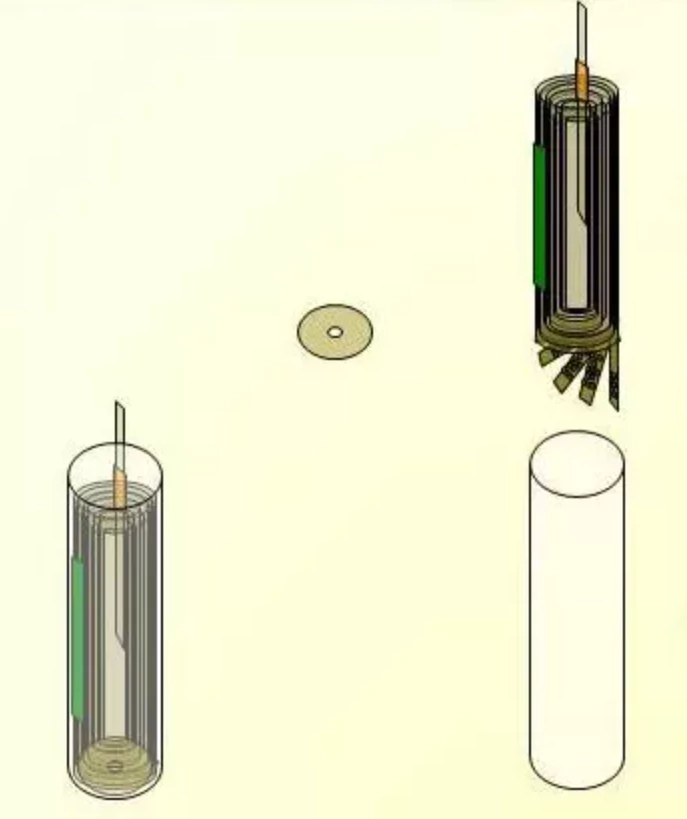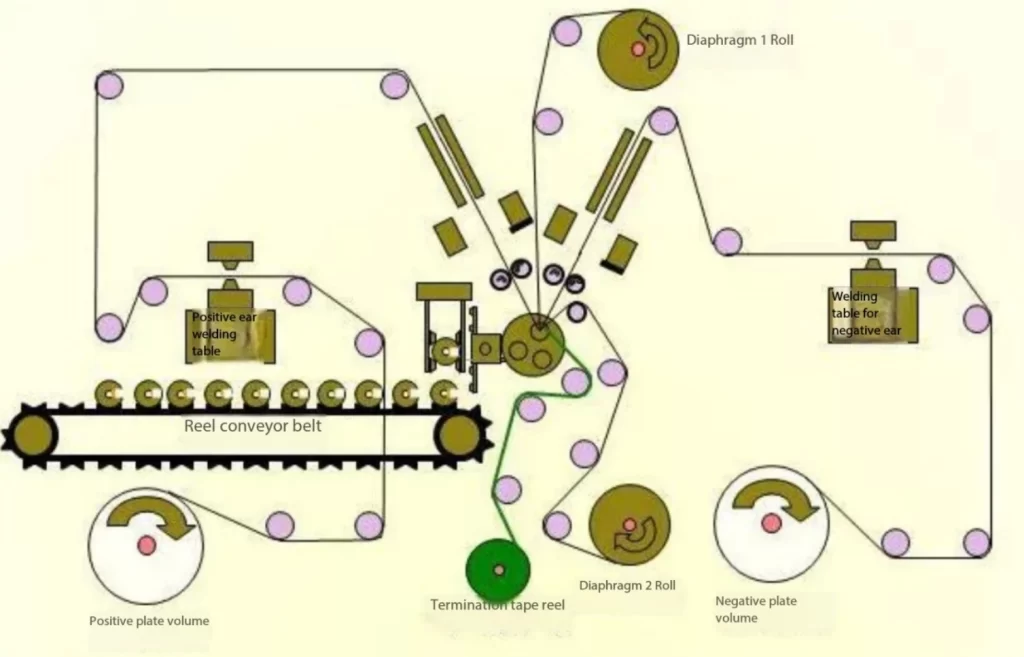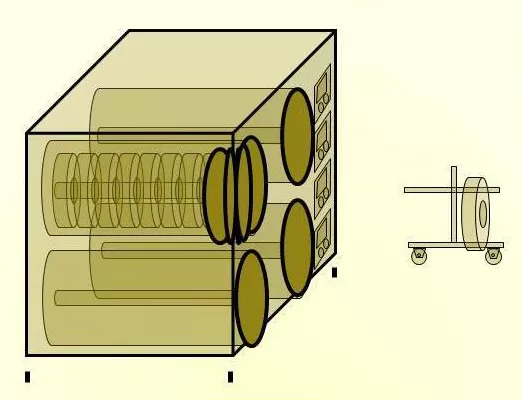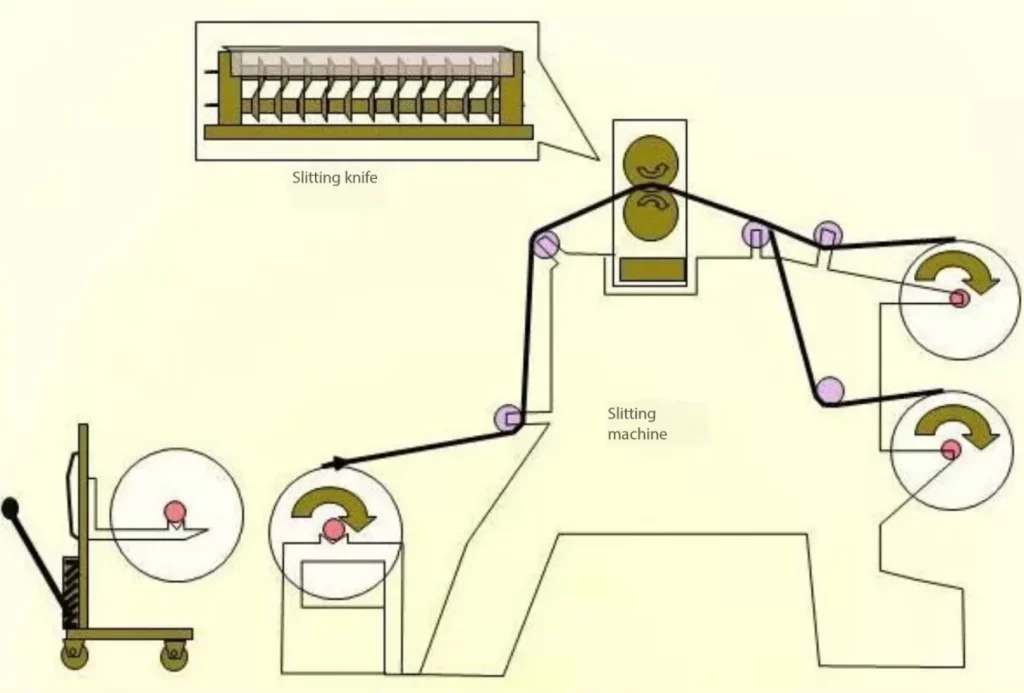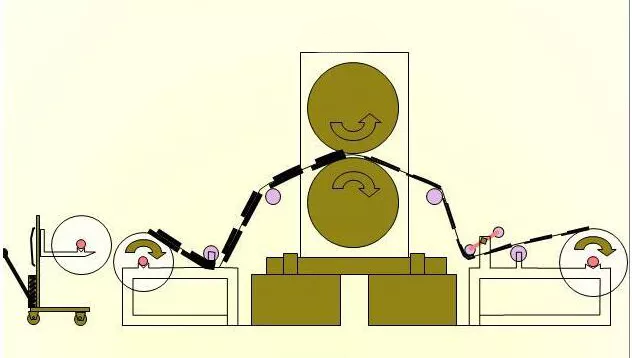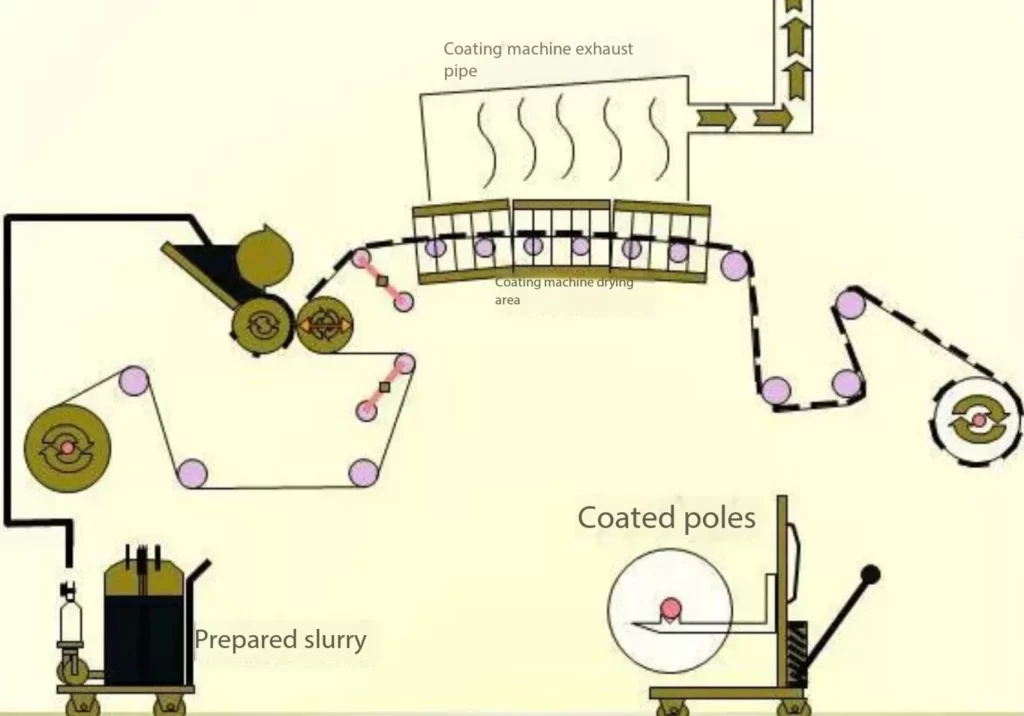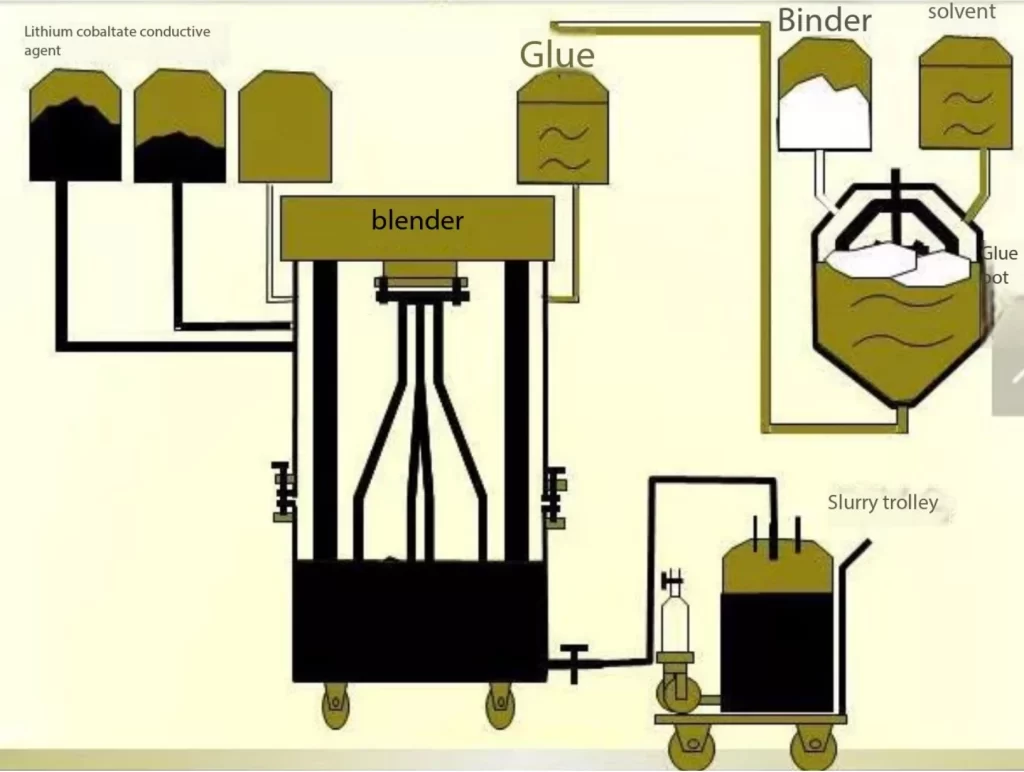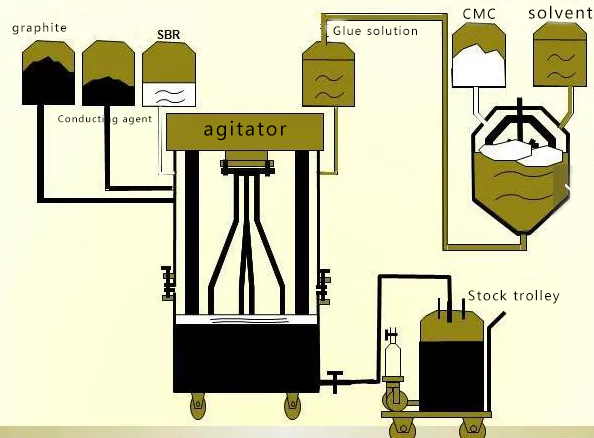bake The main purpose of the battery baking process is to remove the internal and external moisture of the battery to improve the stability and reliability of the battery. In addition, baking also helps in welding flow, ensuring the quality and reliability of the welding points, as well as simulating the aging process of the battery, accelerating the aging of…
